Kyagar Tso : The Shimmering Oasis of Ladakh
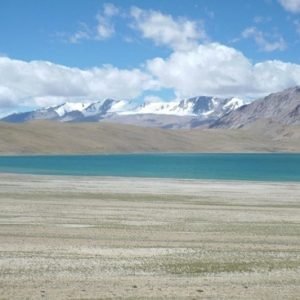
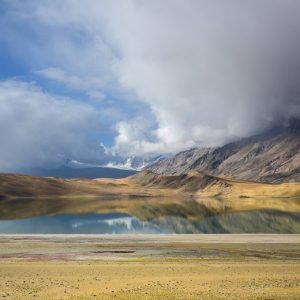
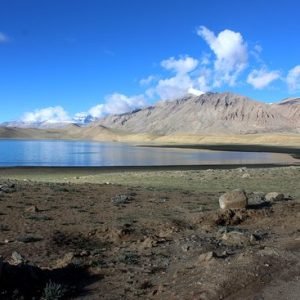
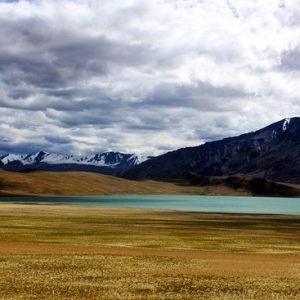
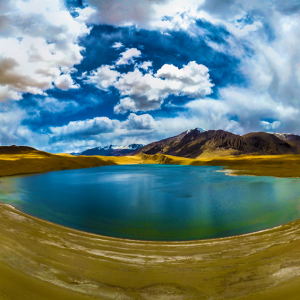
Table of Contents
Toggle1. Introduction
Kyagar Tso, also known as Kyagar Lake or Kiagar Tso, is a high-altitude lake situated in the Ladakh region of northern India. Lying at an altitude of about 4,700 meters or 15,420 feet above sea level, Kyagar Tso is a clear, glittering waterbody that provides overwhelming views and tranquility in its surroundings. Though Kyagar Tso Lake is somewhat remotely located, it has also drawn the attention of trekkers, nature lovers, and scientists in recent times due to its unparalleled beauty and ecological importance.
2. Geographic Location
Kyagar Tso lies in the Zanskar Valley, one of the remotest and rugged parts of Ladakh. Predisposed, it is situated near the border, joining the Changthang Plateau-a huge high-altitude plateau that covers most parts of Tibet. The lake is characteristically set in a mountain area with its arid, barren landscapes dabbed with disgraceful patches of colorful vegetative growth along glacial features. It is situated near the village of Leh, which is an administrative headquarter of Ladakh, and one has to travel a long and gruesome journey to reach the lake.
3. Origin and Physical Features
Kyagar Tso Lake is a glacial lake created by melting glaciers in the region. The lake has steep mountainous surroundings and is fed by meltwater from surrounding glaciers and snowfields. It is a relatively shallow lake; its maximum depth does not exceed about 20 meters, though exact dimensions may vary per season due to changes in water levels.
It measures around 3.5 square kilometers and is a medium-sized lake considering other lakes in the Himalayas at high altitude. The water of Kyagar Tso is limpid, turquoise-colored, and perfectly reflects the surrounding mountain landscape, enabling it to make spectacular optical impressions. Its color often changes with the sun position and time of year from deep blue to turquoise.
4. Climate and Weather
Kyagar Tso represents an arid, high-altitude environment characterized by extreme temperature fluctuations throughout the year. Its climate is cold and dry, having very long, heavy winters and extremely short, cool summers. The summer temperatures range from 10 to 20°C, while the winter months are chilling, showing temperatures falling as low as -30°C.
Due to Kyagar Tso falling under a great height above sea level, it receives heavy snowfall during winters, which results in partial or total freezing of the lake’s surface. During summers, the climate is relatively moderate, but the temperature can get pretty cold at nights.
5. Flora and Fauna
The flora and fauna around Kyagar Tso are well adapted to the harsh conditions of the high-altitude environment. Vegetation outside the lake area in general is scanty; only hardy grasses and alpine shrubs grow. The short summer season witnesses a burst of wild flowers adding lively colors to an otherwise stark landscape.
The fauna has adapted to the hostile climate of the region. The lake and its surroundings provide a habitat for many species of migratory birds such as the Tibetan gull and the bar-headed goose. The birds visit the Kyagar Tso during the summer months when the waters are full of nutritious elements.
This region is also famous for a number of high-altitude mammals, such as Tibetan antelope, snow leopard, and Ladakhi sheep, which are capable of bearing the extreme temperature and topography of the region.
6. Hydrology and Ecology
Hydrologically, Kyagar Tso depends on the melting of glaciers close to it and seasonal snowmelt. The lake catches most of the meltwater, which is its main feeding source and regulates its hydrological balance. Generally, the water in this lake is fresh and unpolluted, courtesy of a rather inaccessible area with low human activities.
Kyagar Tso is a fragile and highly sensitive ecological system toward the changes in environmental condition. The ecosystems of the lakes support a range of species adapted to peculiar high-altitude lake conditions. In addition, the presence of migratory birds and other wildlife indicates the importance of this lake as a habitat for several species.
7. Cultural and Historical Significance
Kyagar Tso lies in an area that has, since time immemorial, held great importance in both Tibetan and Ladakhi traditions. Longbeing inhabited by different communities, the lake is considered a very sacred site in local folklore. Most religious habits in Tibetan Buddhism in this region include acts of veneration toward landforms like lakes and mountains.
Besides its cultural importance, Kyagar Tso has historical links in trade routes and explorations. The lake and its surroundings were an object of basic concern in the historical trade between Tibet and Ladakh, being a strategic stoppage place for traders and travelers.
8. Trekking and Tourism
Kyagar Tso is amongst the most sought-after destination of any trekker and adventure lover to explore the land of Ladakh through some incredible landscapes. Usually, the way to this lake is via a very difficult trek covering difficult terrain and high-altitude passes. The stunning view of the surrounding mountain tops, glaciers, and Kyagar Tso itself can be seen in a trek.
Tourists visiting Kyagar Tso should be prepared to face the extreme climatic conditions and the remoteness associated with the site. Because it is a high-altitude location, tourists are expected to have proper acclimatization; trekkers will also be advised to come with proper gear and supplies.
9. Conservation and Environmental Concerns
The isolation of Kyagar Tso has protected its environment to some extent, although there are many conservation problems with this lake and its surroundings. A significant threat is climate change, whereby rising temperatures and shifting precipitation patterns can interfere with the lake’s hydrology and ecological balance.
Additionally, the development of tourism and human activity in the area can pose a threat to the fragile ecosystem. These places need responsible tourism initiatives and conservation efforts to keep Kyagar Tso and its surroundings very secure.
10. Future Prospects and Research
Kyagar Tso -a high-altitude ecosystem-interest among researchers and scientists has persisted and remains a continuous process to show the impacts on hydrology and ecology that are being researched with regard to climate change.
Future conservation plans will be directed at lake health monitoring, management of tourism impacts, and protection of the natural beauty and ecological integrity of Kyagar Tso. Each of these will be possible only when local people come forward in collaboration with government agencies and organizations concerned with environmental protection.
11. Conclusion
Kyagar Tso represents the very frontier of natural beauty and ecological importance in the high-altitude landscapes of Ladakh. Its fantastically beautiful view, distinctive ecological system, and cultural relevance make it a site with real values for trekkers, amateur nature lovers, and researchers. While we go on exploring and studying this pristine environment, attention to the aspects of conservation and sustainable practices shall be particularly emphasized so as to preserve Kyagar Tso for future generations too.
How to book a trip to Kyagar Tso, India with Charzan Holidays?
For a seamless and exceptional booking experience, contact Charzan Holidays at reservations@charzan.in or call us at +919622224473
Frequently Asked Questions
1. What is Kyagar Tso? | |
| Kyagar Tso is a high-altitude lake located in the Ladakh region of India, known for its stunning blue waters and breathtaking landscapes. | |
2. How do I get to Kyagar Tso? | |
| To reach Kyagar Tso, you typically travel from Leh to the Pangong region and then trek or drive from nearby areas such as Tso Moriri or Chushul. | |
3. What is the best time to visit Kyagar Tso? | |
| The best time to visit is from May to September when the weather is pleasant and the lake is accessible, with clear skies for optimal views. | |
4. What are the main attractions near Kyagar Tso? | |
| Nearby attractions include the scenic landscapes of the Changthang plateau, unique wildlife, and opportunities for trekking and photography. | |
5. Is it safe to travel to Kyagar Tso? | |
| Yes, Kyagar Tso is generally safe for tourists. However, it’s important to stay informed about local conditions and follow any travel advisories. | |
6. What activities can I do at Kyagar Tso? | |
| Visitors can enjoy trekking, birdwatching, photography, and experiencing the tranquil environment around the lake. It’s also great for camping. | |
7. Are there accommodations near Kyagar Tso? | |
| Accommodations are limited near the lake, but options can be found in nearby villages or through camping arrangements. | |
8. What should I pack for a trip to Kyagar Tso? | |
| Pack warm clothing, sturdy trekking shoes, personal toiletries, a first aid kit, and plenty of water, as conditions can change rapidly. | |
9. Is there mobile connectivity at Kyagar Tso? | |
| Mobile connectivity can be limited in the area. It’s advisable to inform friends or family of your travel plans beforehand. | |
10. Can I find local food near Kyagar Tso? | |
| Local food options may be limited near the lake, but you can find traditional Ladakhi cuisine in nearby villages. | |
11. Are there any cultural festivals near Kyagar Tso? | |
| While there are no specific festivals at Kyagar Tso, nearby regions celebrate local Ladakhi festivals showcasing vibrant culture and traditions. | |
12. What is the local language spoken around Kyagar Tso? | |
| The primary language spoken is Ladakhi, but many locals also understand Hindi and English, especially in areas frequented by tourists. | |
13. Do I need a permit to visit Kyagar Tso? | |
| Typically, no special permit is required for Kyagar Tso itself, but check for any necessary permits if you plan to visit nearby protected areas. | |
14. Can I find guided tours to Kyagar Tso? | |
| Yes, several travel agencies offer guided tours that include transportation, accommodations, and local experiences, making exploration easier. | |
15. What is the climate like around Kyagar Tso? | |
| Kyagar Tso experiences a cold desert climate, with warm days and cool nights during summer. Be prepared for sudden weather changes and significant temperature drops. |


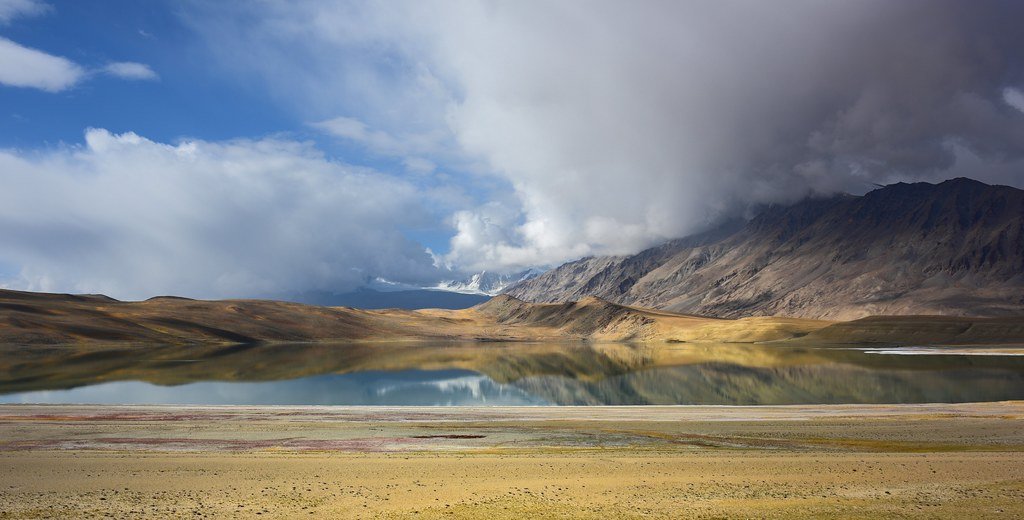
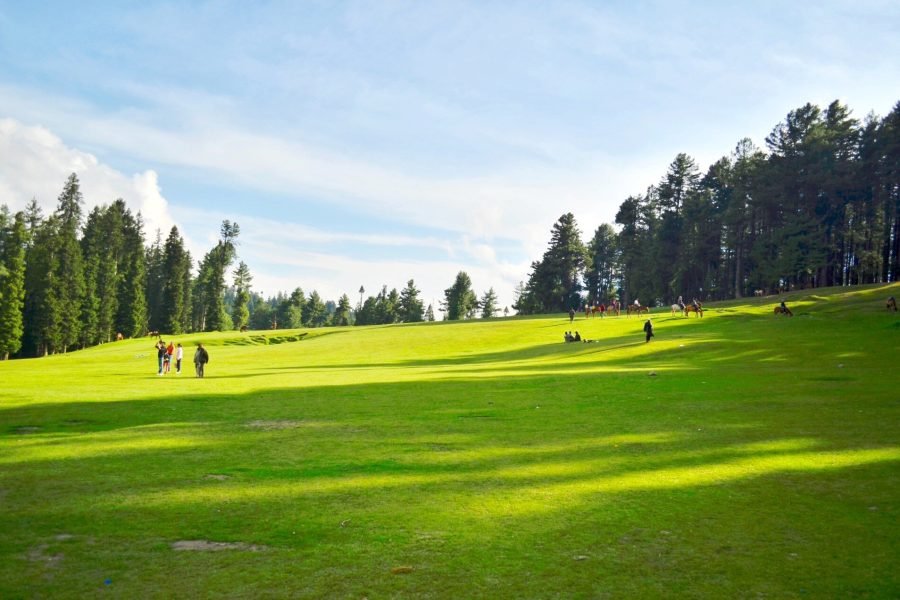
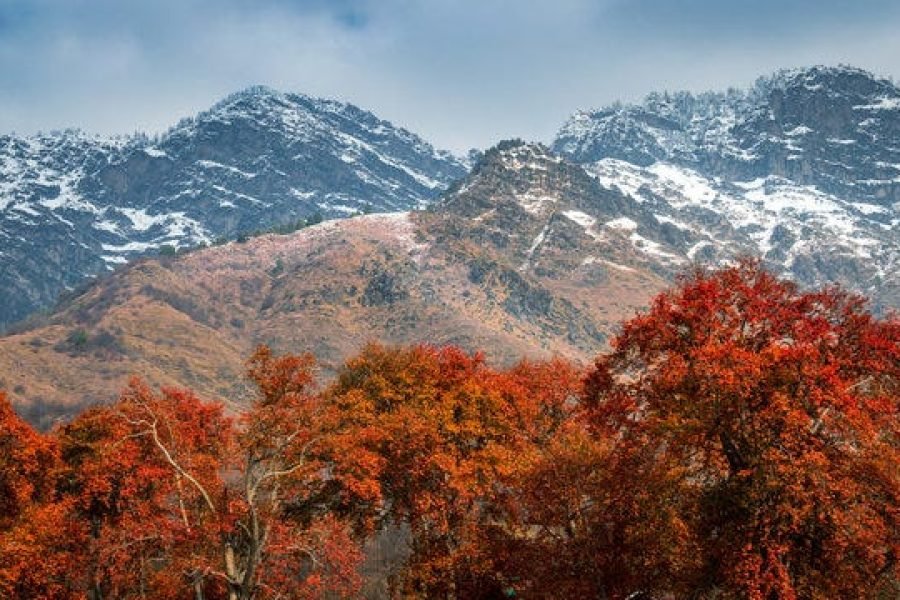
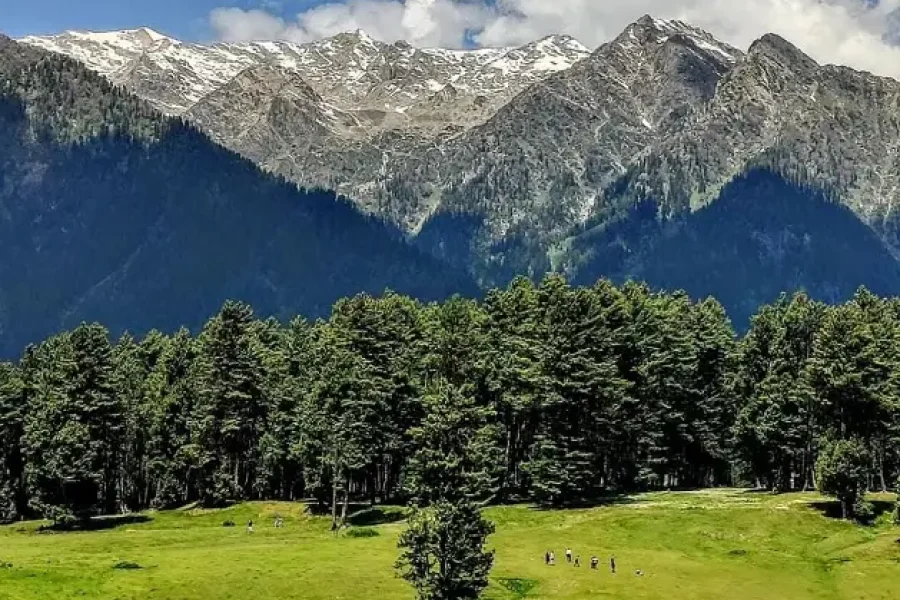
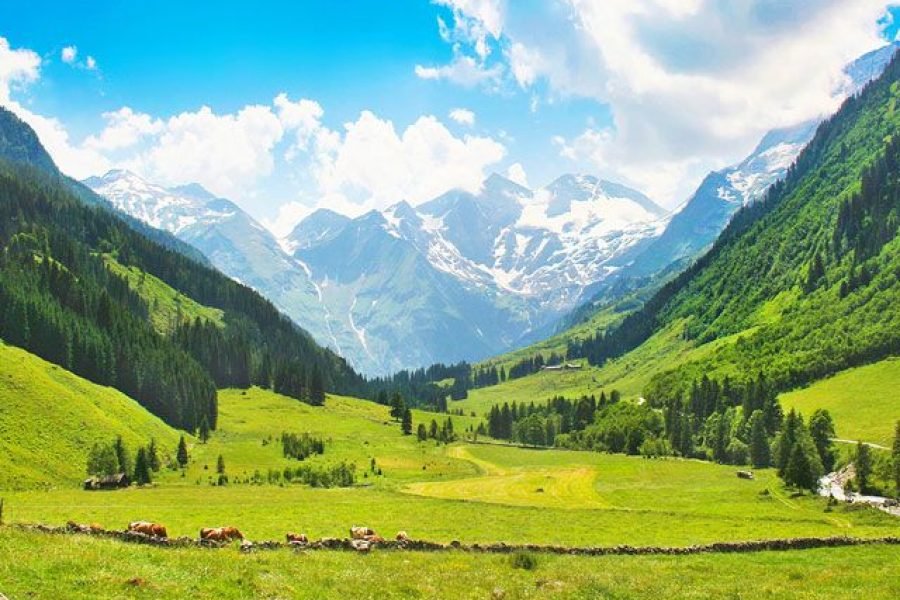
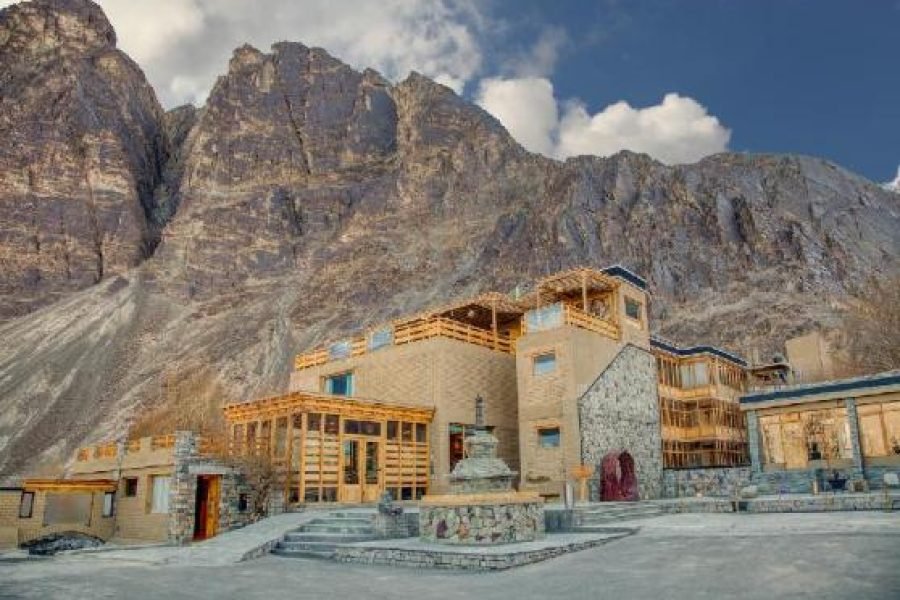

0 Comment